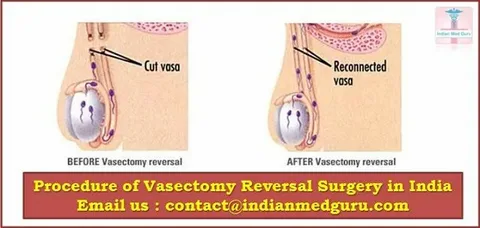Vasectomy reversal is a surgical procedure sought by men who wish to restore their fertility after undergoing a vasectomy. As of 2025, advancements in medical technology and surgical techniques have significantly influenced vasectomy reversal success rates. This article explores the latest data, what influences outcomes, and what patients can realistically expect today.
Understanding Vasectomy Reversal
A vasectomy reversal reconnects the vas deferens, the tubes that carry sperm from the testicles, allowing sperm to be present in the ejaculate again. Despite being a delicate microsurgical procedure, many men consider it the best option for regaining fertility after a vasectomy.
Vasectomy Reversal Success Rates: What the Numbers Say in 2025
The success of a vasectomy reversal can be measured in two primary ways: patency rate (the return of sperm to the semen) and pregnancy rate. According to recent 2025 studies, patency rates range between 70% to 95%, while pregnancy rates tend to be slightly lower, generally between 40% and 75%.
Factors affecting these rates include:
- Time since vasectomy: The shorter the interval between vasectomy and reversal, the higher the success rate.
- Surgical technique: Microsurgical approaches using advanced tools yield better results.
- Surgeon’s experience: Expertise greatly improves outcomes.
- Female partner’s fertility: This also plays a crucial role in achieving pregnancy after reversal.
Advances Influencing Success in 2025
Modern technology in 2025 has improved microsurgical instruments, enhanced imaging, and precision robotics, contributing to better vasectomy reversal success rates. Additionally, personalized patient assessments before surgery help tailor the procedure to individual needs, improving outcomes.
What Patients Should Expect
While vasectomy reversal success rates in 2025 are promising, it’s important for patients to have realistic expectations. Not all reversals lead to pregnancy, and multiple factors influence the outcome. In some cases, assisted reproductive technologies such as IVF may be recommended alongside or instead of reversal.
Conclusion
In summary, vasectomy reversal success rates: what the numbers say in 2025 reflect substantial improvements driven by technology and experience. With patency rates reaching up to 95% and pregnancy rates around 75% under optimal conditions, men considering this procedure today have better chances than ever before. Consulting with a skilled urologist or microsurgeon is essential to understanding personal odds and making an informed decision.

